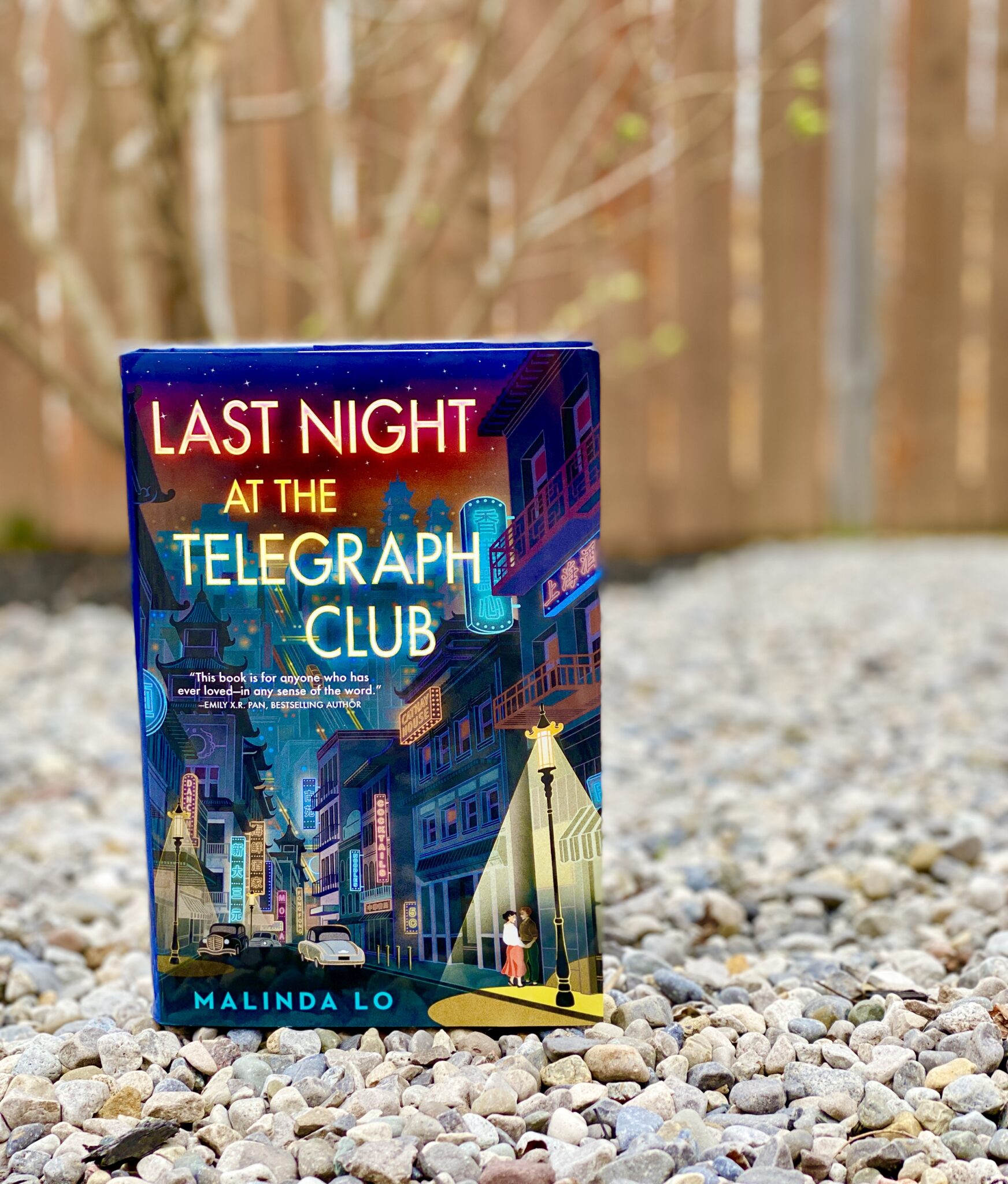

Red-Scare paranoia threatens everyone, including Chinese Americans like Lily. Suddenly everything seemed possible.īut America in 1954 is not a safe place for two girls to fall in love, especially not in Chinatown.

Whenever it started growing, it definitely bloomed the moment she and Kathleen Miller walked under the flashing neon sign of a lesbian bar called the Telegraph Club.


Seventeen-year-old Lily Hu can't remember exactly when the feeling took root-that desire to look, to move closer, to touch. Restrained yet luscious.-Sarah Waters, bestselling author of The queer romance we've been waiting for.". She is learning a great deal about living out loud, and carving out space for herself in a world that could never anticipate her.Proof of Malinda Lo's skill at creating darkly romantic tales of love in the face of danger. But we also see how the predominant narrative of queer culture is one of whiteness, one that would be impossible for Lily to imagine were it not for the beckoning hand of a young white girl.Īs the story progresses, Lily is discovering how to navigate between multiple disparate cultures. That community gives her the confidence to stay true to herself, even when she’s presented with an “easier” choice. It’s a place that shows Lily there is a future where she can hold a job, have a relationship, and find community with other queer folks. The Telegraph Club is a place that represents queer futurity and normalcy. Even though history has systematically erased queer culture, this story explores the necessity of code-switching, the creation of safe spaces, and the vibrant counterculture of queerness that has always existed. The narrative addresses the very real hardships that queer people of color, specifically, had to face during this time period, but it’s more so about Lily finding ways around those obstacles and chasing those spaces and moments that allow her some measure of freedom. While this story could have easily been about queer trauma, repression, and the internalization of homophobia, instead its message is one of belonging and self-discovery. As a STEM-focused Chinese-American young woman discovering her queerness, everything seems to be stacked against her. Lily is a character sitting at the crossroads of political, racial, and social turmoil. The story invokes an impeccable sense of place and time, with Malinda Lo’s meticulous research and attention to detail bringing every scene to life. Last Night at the Telegraph Club is an absolute triumph in every sense of the word.


 0 kommentar(er)
0 kommentar(er)
